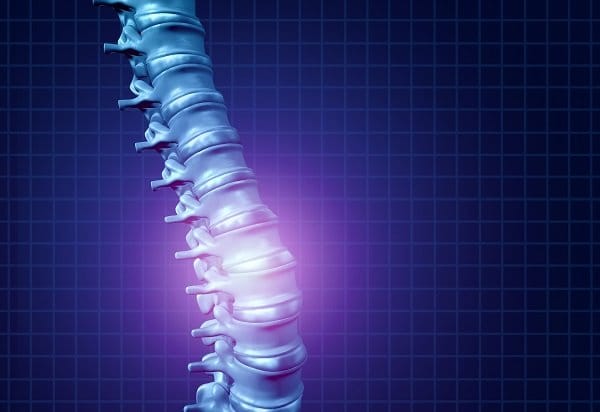Call For A Free Consultation
415-897-4801
Novato Corporate Office (Mailing Address):
10 Commercial Blvd #206 Novato, CA 94949
Offices Located In San Francisco, Oakland, San Jose, Walnut Creek, Pleasanton, Santa Rosa, Napa, Redwood City, Sacramento and Newark
Types of Spinal Cord Injuries

There are approximately 17,000 new cases of non-fatal spinal cord injuries every year in the United States. Spinal cord injuries range in severity, but many of them can lead to consequences that will affect the rest of the victim’s life. The severity of the injury will depend on a number of factors, including which part of the spinal cord was damaged, and whether it was a complete or incomplete injury.
Complete vs. Incomplete Spinal Cord Injuries
The spinal cord is severed in a complete injury, which means the brain cannot send signals below the site of the injury. If you sustain a complete spinal cord injury, you will not be able to control your body or feel sensations below the site of the injury. This type accounts for less than 30% of all spinal cord injuries, and it is estimated that complete spinal cord injuries will become even more uncommon with new research and advancements in the medical field.
The spinal cord is not totally severed in incomplete spinal cord injuries, so you should not completely lose functioning of your body below the site of the injury. The extent of the damage to your spinal cord will determine how much functioning you are able to retain after the accident.
Types of Incomplete Spinal Cord Injuries
Incomplete spinal cord injuries can be further categorized based on the location of the injury . Anterior cord syndrome is characterized by damage to the front of the spinal cord, which will affect your ability to feel sensations such as pain or temperature. People with damage to the anterior cord will likely regain some movement after treatment, but those who damage the central cord rarely see much improvement with treatment. There is also posterior cord syndrome, which is an incomplete injury located on the back of the spinal cord. Most victims are able to retain their functioning, but they may struggle with balance and coordination.
Degrees of Paralysis
Both complete and incomplete spinal cord injuries can also be categorized based on the level of paralysis. Tetraplegia is the most serious type of paralysis because it affects all four limbs. Those who have tetraplegia will not have any control of their body below the site of the injury, which affects their ability to live a normal life. Paraplegia occurs when you lose function and sensation in the lower limbs, but retain it in your arms. Finally, there is triplegia, which is the loss of feeling and function in one arm and both lower limbs.
Regardless of whether you have an incomplete or complete injury, if it was caused by another person’s negligence, you need to speak to an attorney right away. Contact James Rush at Rush Injury Law today to discuss your case and review your legal options. Spinal cord injuries can completely disrupt your life, and you may be entitled to compensation for the pain and suffering caused by this devastating injury. Contact us today to schedule a free consultation by calling 415-897-4801 or filling out the online form on our website, www.rushinjurylaw.com .
Want A Free Consultation?
© 2025 Rush Injury Law. All Rights Reserved.














